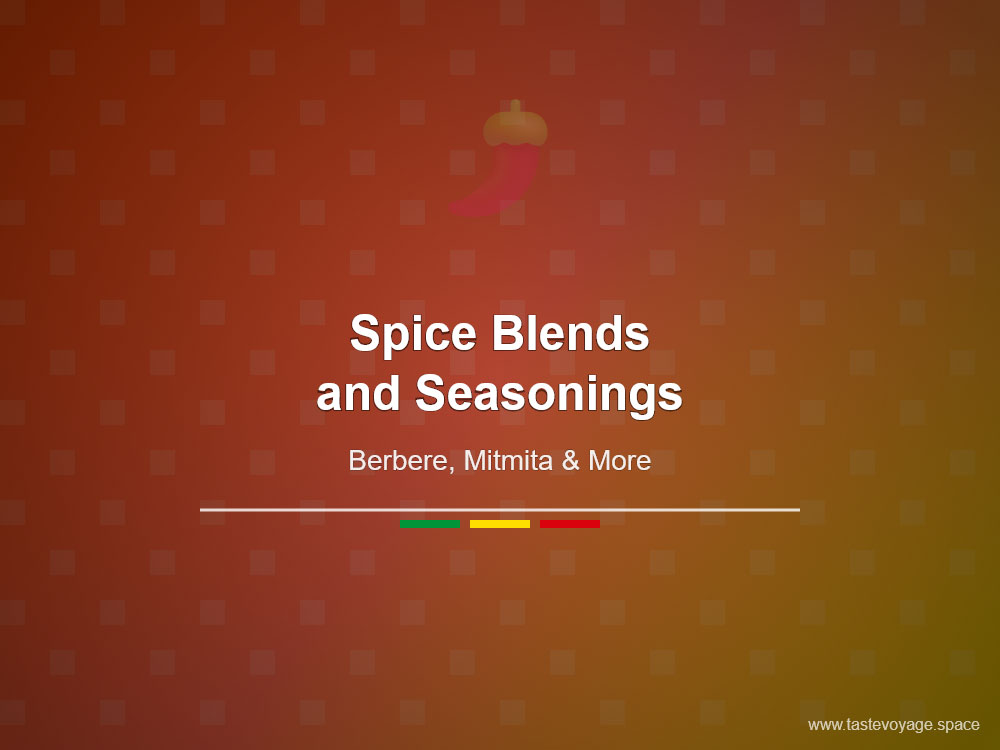How to Make Authentic Ethiopian Spiced Butter at Home
Travel the World Through Food >> Ethiopian Cuisine>>Spice Blends and Seasonings>> How to Make Authentic Ethiopian Spiced Butter at Home
How to Make Authentic Ethiopian Spiced Butter at Home
Discovering the Cultural Significance of Traditional Ethiopian Spiced Butter
Ethiopian cuisine is renowned for its vibrant flavors and rich cultural heritage. Among its many culinary treasures, traditional Ethiopian spiced butter, known locally as “Niter Kibbeh,” holds a special place. This aromatic, flavorful butter is more than just an ingredient—it embodies centuries of history, tradition, and culinary artistry. Understanding How to make this spiced butter opens a window into Ethiopia’s rich food culture and its deep-rooted appreciation for flavor and ceremony.
The Heart of Ethiopian Culinary Traditions
Ethiopian cooking is characterized by its unique blend of spices, herbs, and fermentation techniques. Spiced butter is a cornerstone of this culinary landscape. It is used to enrich stews, vegetables, and bread, adding layers of flavor that define the Ethiopian taste profile. The process of creating this butter involves carefully selecting and blending spices such as cardamom, cinnamon, and fenugreek, which reflect Ethiopia’s rich spice trade history. This tradition highlights Ethiopia’s longstanding connection to the land and its natural resources, making the spiced butter a symbol of national identity and culinary pride.
A Symbol of Hospitality and Ritual
In Ethiopian culture, food is a gesture of warmth and hospitality. Serving dishes prepared with Traditional spiced butter signifies care, respect, and social bonding. During communal gatherings and celebrations, the aroma of this butter fills the air, creating an inviting atmosphere. Its use in religious and cultural ceremonies further elevates its significance, representing more than just flavor—it is a ritual that connects individuals to their community and heritage. Making and sharing spiced butter is a practice passed down through generations, fostering a sense of continuity and cultural identity.
Culinary Significance and Flavor Profile
The unique flavor profile of Ethiopian spiced butter results from its meticulous preparation. Infused with a blend of spices, herbs, and sometimes aromatic aromatics like garlic and ginger, it offers a fragrant richness that elevates everyday dishes. This butter’s versatility makes it an essential element in Ethiopian cuisine, infusing dishes with warmth and depth. Its culinary significance lies in its ability to transform simple ingredients into flavorful masterpieces, showcasing the Ethiopian mastery of balancing spices and textures.
Preserving a Rich Heritage
Learning how to make traditional Ethiopian spiced butter is a meaningful way to connect with Ethiopia’s culinary history. It offers insight into the artistry of Ethiopian cooks who have perfected this craft over centuries. Each batch reflects a harmonious balance of ingredients, reflecting Ethiopia’s diverse landscape and cultural influences. By embracing this tradition, enthusiasts can appreciate the cultural value embedded in every spoonful and gain a deeper understanding of Ethiopia’s food heritage.
An Invitation to Explore Ethiopian Flavors
Ethiopian spiced butter is much more than a condiment; it is a celebration of culture, history, and craftsmanship. Its aromatic richness and profound cultural significance make it a fascinating ingredient to explore. Whether you are a seasoned chef or a curious food lover, discovering the beauty of this traditional spiced butter invites you into a vibrant world of flavors rooted in history and community.
Embrace the tradition, savor the flavor, and celebrate Ethiopia’s rich culinary heritage through this timeless ingredient. The journey into Ethiopian cuisine begins with understanding and appreciating its most treasured flavors—starting with the art of making traditional spiced butter.
